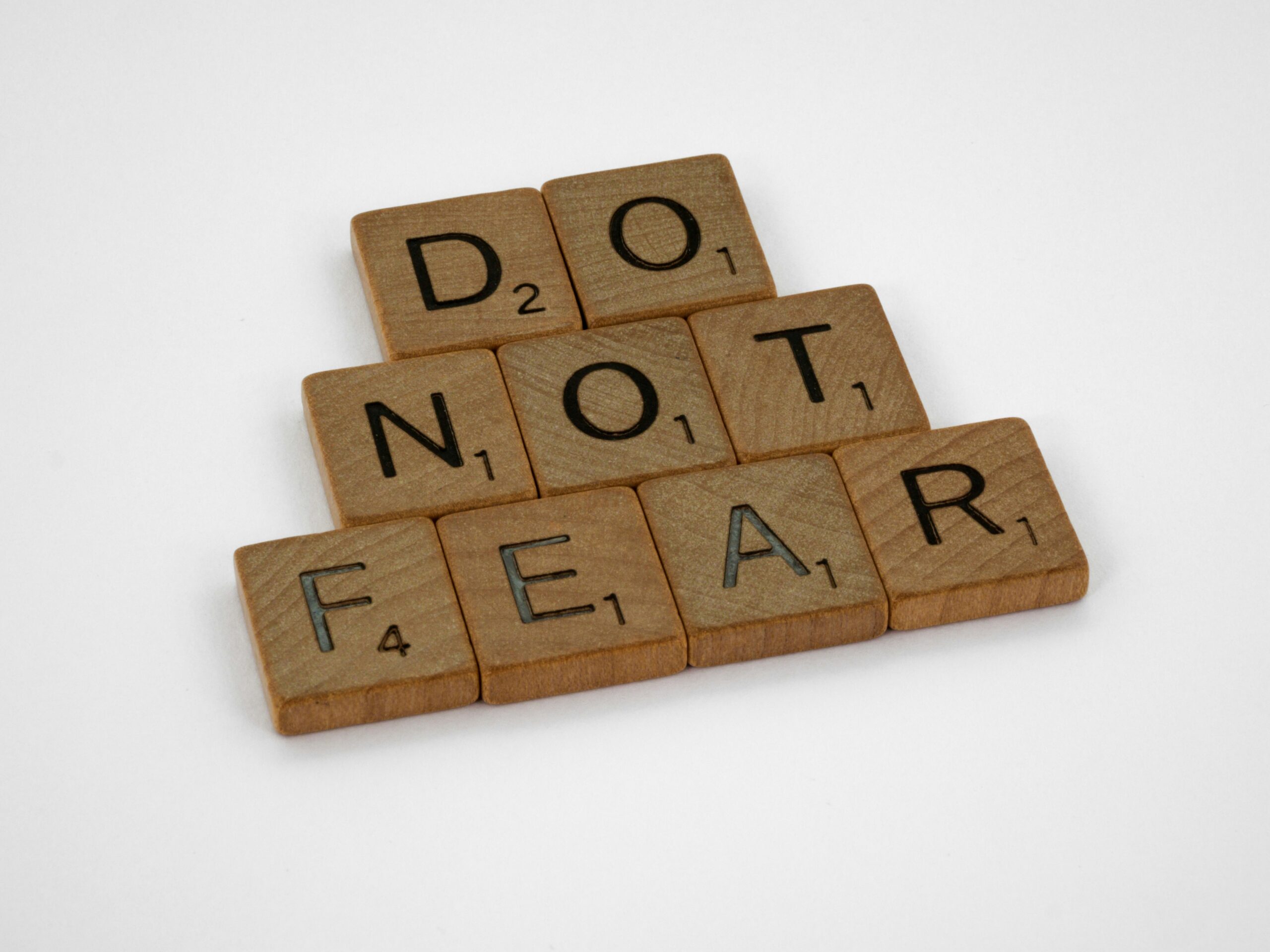Last Updated on February 26, 2024
Fears and phobias are part of human nature, woven into our everyday reality. While some fears may serve as a healthy survival mechanism, phobias can significantly limit our lives and freedom. Understanding the roots of our fears and learning how to overcome them is essential for improving the quality of life. In this article, we will delve deeper into the top 5 fears and phobias, their common causes, and how these negative feelings can affect our daily lives. Additionally, we will provide useful strategies for facing these challenges, enabling us to bravely walk through life with less fear.
What Are Fears and Phobias?
In the realm of emotions that steer our survival and social interactions, fears and phobias stand out for their intensity and impact on human behavior. Understanding these terms not only demystifies our reactions to threats but also illuminates the path to managing them effectively.
Definition of Fear and Phobia
At its core, fear is an instinctual response to perceived danger, a fundamental emotion that mobilizes humans and animals alike to face threats or flee from them. This protective mechanism is wired into our brains, a testament to its evolutionary importance for survival. When we talk about fears and phobias, we’re delving into the complex interplay between innate survival instincts and learned emotional responses.
Phobias, however, take this natural response to an extreme. They are defined as an irrational and overwhelming fear of specific objects, situations, or activities that pose little to no real danger. This disproportionate fear response can lead to avoidance behaviors that significantly disrupt daily life, classifying phobias as a type of anxiety disorder.

Differences Between Fear and Phobia
The line between a normal fear and a phobia can sometimes seem thin, but there are key differences:
- Intensity and Persistence: Fears can be strong, but they’re generally manageable and don’t disrupt our daily lives. Phobias, on the other hand, are intense and persistent, often leading to severe anxiety and avoidance behavior that can significantly impact one’s life.
- Rationality: While fears can be rational responses to genuine threats, phobias often involve an irrational fear of something that poses little to no real danger.
- Physical and Emotional Response: Both fears and phobias trigger emotional and physical reactions. However, the responses to phobias can be more extreme, including panic attacks, shaking, and an overwhelming desire to escape the situation.
Understanding fears and phobias helps us recognize not only the nuances between the two but also the significant impact they can have on individuals. Recognizing the signs of a phobia is the first step toward seeking help and finding ways to manage and overcome these intense fears.

Common Causes of Fears and Phobias
Understanding the root causes of fears and phobias is key to addressing them effectively. While the origins of these intense fears can vary widely from person to person, several common factors often play a role.
- Genetics and Family Influence: Just like many other traits, susceptibility to certain fears and phobias can run in families. If a close family member has a specific phobia, you might be more prone to developing similar fears. It’s a mix of genetics and the environment you grow up in.
- Traumatic Experiences: Going through a scary or distressing event can leave a lasting impact, leading to the development of a phobia. For instance, someone who has been bitten by a dog might develop a phobia of dogs.
- Learned Responses: Sometimes, fears and phobias are learned from observing others. If a child sees a parent or a sibling reacting fearfully to something like a spider or a high place, they might adopt the same fear themselves.
- Information and Misinformation: Surprisingly, just hearing about dangerous or frightening situations can be enough to spark a phobia. In an age where information is everywhere, tales of accidents, attacks, or other scary scenarios can feed into our fears.
- Changes in Brain Function: Research has shown that changes in how certain parts of the brain function can contribute to the development of anxiety disorders, including phobias. These changes can affect how we perceive and respond to threats.
Addressing fears and phobias requires an understanding of these underlying causes. By acknowledging the roots of our fears, we can take the first steps toward managing and overcoming them, leading to a life with less anxiety and more freedom.

Top 5 Most Common Fears and Phobias
Fears and phobias can range widely in their focus and impact, but some are more common than others. Here’s a look at the top five most common phobias, along with a brief description and some interesting facts about each.
- Arachnophobia – Fear of Spiders: This is one of the most prevalent phobias around the world. People with arachnophobia experience intense fear at the sight or even the thought of spiders. This fear can be so overpowering that it affects their daily lives, despite understanding that most spiders pose no threat.
- Ophidiophobia – Fear of Snakes: Snakes trigger fear in many people, even in places where snakes are rarely encountered. This phobia can cause panic and lead individuals to avoid outdoor activities or places where they believe snakes might be present.
- Acrophobia – Fear of Heights: This fear involves an extreme sense of dread from being at a high place. People with acrophobia might avoid tall buildings, bridges, or even climbing ladders. It’s not just the fear of falling; it’s the fear of the high place itself.
- Agoraphobia – Fear of Open or Crowded Spaces: Agoraphobia involves fear of being in situations where escape might be difficult or where help wouldn’t be available if things went wrong. This can include open spaces, crowded areas, public transportation, and even leaving one’s home.
- Social Phobia (Social Anxiety Disorder): This is more than just shyness. It’s a strong fear of being judged or embarrassed in social situations. People with social phobia might avoid social gatherings, public speaking, or even eating in front of others.
Interesting Facts:
- Phobias often develop in childhood or adolescence but can emerge at any age.
- Treatment options like cognitive-behavioral therapy (CBT) and exposure therapy have proven effective in managing and overcoming these common fears and phobias.
- Advances in virtual reality technology are now being used as a tool in exposure therapy, allowing individuals to face their fears in a controlled, safe environment.
Understanding these common fears and phobias is the first step toward empathy and support for those affected. With the right help and strategies, it’s possible to reduce the impact of these fears and lead a more comfortable and fulfilling life.








